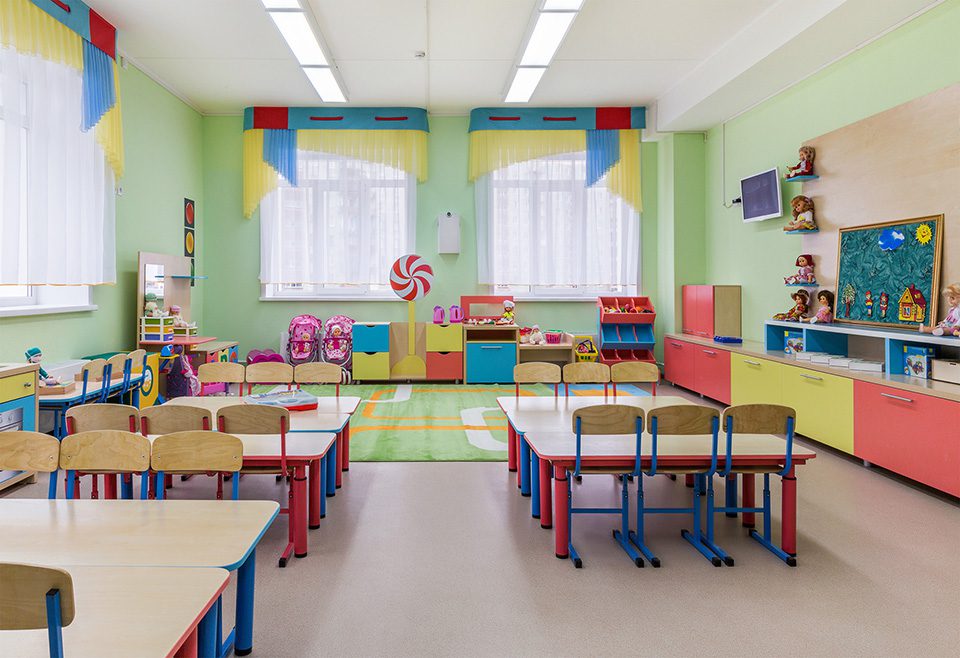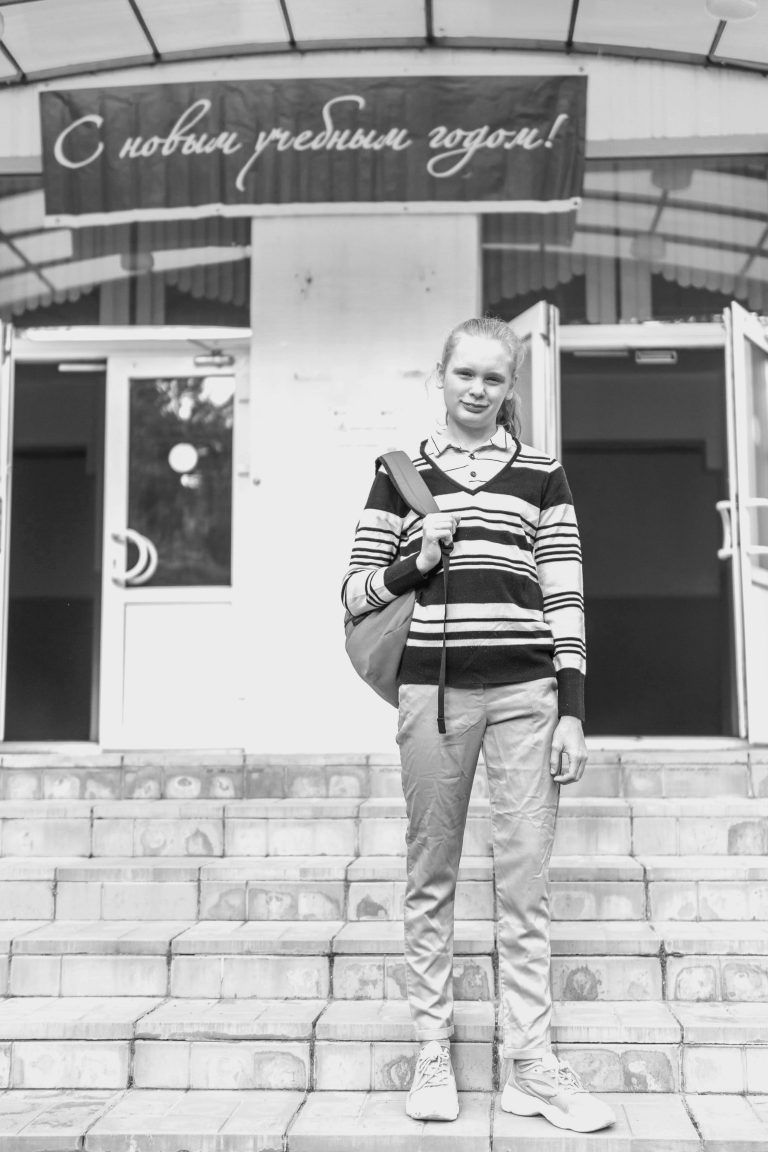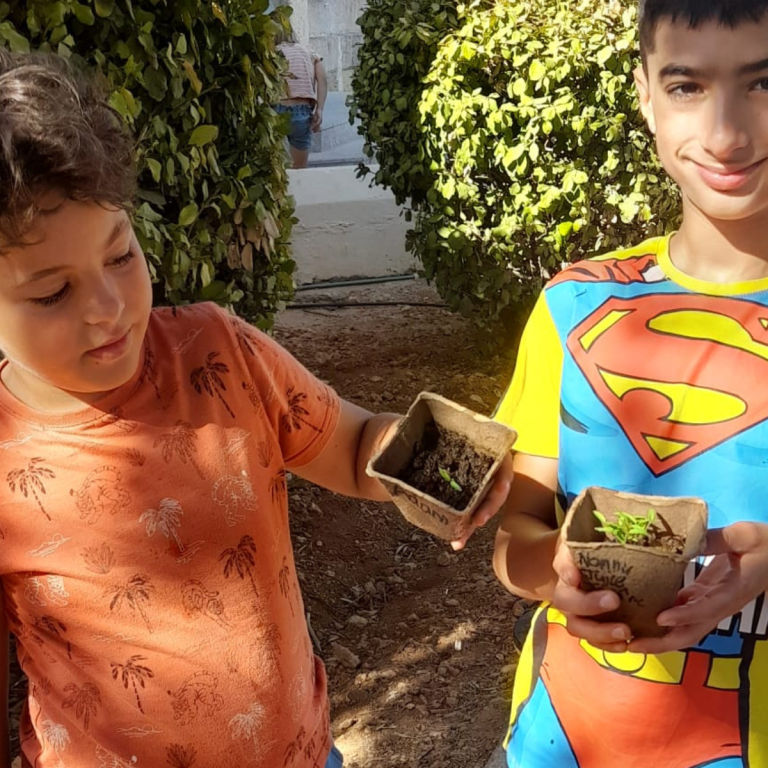Setting Up an Autism Friendly Classroom
Each student presents with a set of strengths and areas of need. Identifying how students learn best is important for a teacher as this will help his/her students maximise their potential. When students have special educational needs, some additional considerations and adaptations may need to be put into place to support these students even better. Usually, these needs are identified during a meeting held between professionals and the student’s parents. This leads to the development of an individual educational plan. In this plan, support to develop holistically and specific resources which can help the student access the curriculum are highlighted.
A common disorder which teachers may encounter in their classrooms is Autism Spectrum Disorder. Students who have Autism usually struggle with developing social relationships with other people and have repetitive/stereotypical behaviour. It is common for students with Autism to have sensory issues such as being sensitive to light and sounds. Their environment may be overstimulating their senses making them feel uncomfortable. This can also be the cause for anxiety. In order to support students better, there are some strategies which can be put in place to help them feel more at ease and to be conducive to learning. The following are some suggestions.
- Routines – Prepare a clear schedule of what students will expect from the day. This can be done by preparing different cards which have written on them the subject or activity and a corresponding picture. Place the cards after each other to create a visual time table and as the day progresses, remove the cards once an activity has been completed.
- Use of language – Within the local context, it is common that children and young people who have Autism prefer to use English over Maltese. Thus, taking this into consideration is important when giving explanations and communicating with them. The use of metaphors and sarcasm needs to be avoided when talking to them directly as they struggle to understand them and take meanings literally.
- Safe space – Create a safe and quiet space. All students can benefit from such a space but for those with Autism, the need for such a space might be higher. This space can be used to calm down when feeling anxious or overwhelmed by sensory stimuli. It can contain resources such as cushions, materials for colouring, books and a bouncing ball.
- Social skills – Generally, students with Autism struggle to integrate with their peers and to develop friendships. Thus, interacting with others may need to be facilitated for them. This can be achieved by setting up a buddy system for playtime and games which are structured.
- Distraction free environment – Students with Autism can become overwhelmed or overstimulated when presented with too much visual and tactile information. Try to keep the environment as clutter free as you can. Although charts and other resources stuck on walls are good visual aids, their excess needs to be avoided as this will only serve as a distraction rather than an aid.
Dr Marilyn Muscat is registered as an Educational Psychologist with the Health and Care Professions Council in the United Kingdom where she trained. She works with children, adolescents and their families to understand more about educational, social and emotional well-being concerns that they have and to help them improve upon their difficulties. She can be contacted on marilyn@willingness.com.mt or call us on 79291817.





